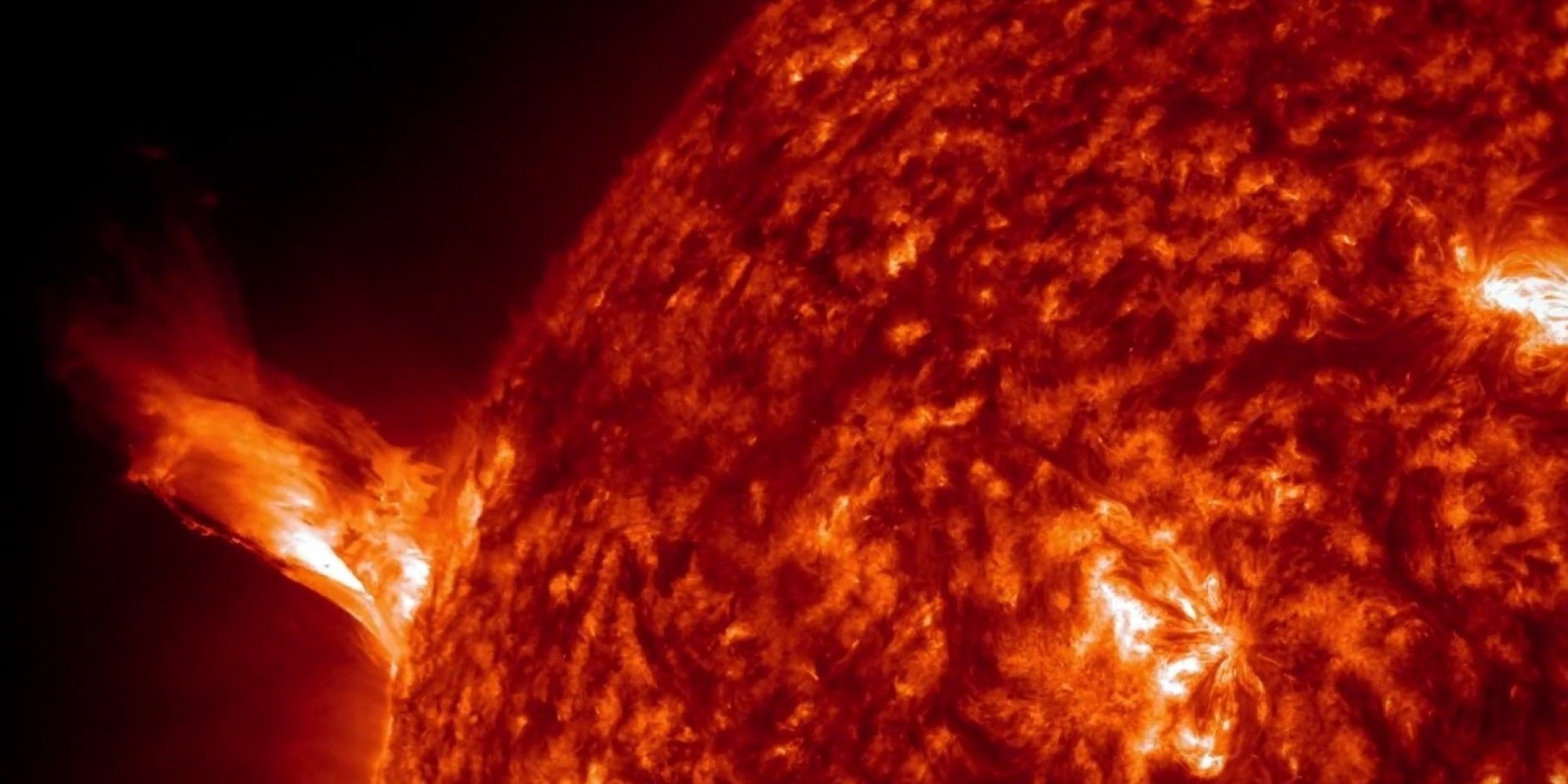Fresh research suggests that the sun’s magnetic field originates much closer to its surface than previously believed, potentially aiding in the forecasting of intense solar storms like those witnessed earlier this month on Earth.
According to an international team’s report, the magnetic field is believed to be generated approximately 20,000 miles beneath the sun’s surface, a significant departure from earlier estimations placing it more than 130,000 miles deeper.
The sun’s powerful magnetic energy fuels phenomena such as solar flares and coronal mass ejections—eruptions of plasma. While these events can produce mesmerizing auroras, they also have the capacity to disrupt power grids and communication systems when directed towards Earth.
Lead author Geoffrey Vasil from the University of Edinburgh remarked, “We still lack a comprehensive understanding of the sun necessary for precise space weather predictions,” underscoring the need for further research.
The team’s findings, detailed in the journal Nature, mark a significant advancement in unraveling the enigmatic process known as solar dynamo, as noted by co-author Daniel Lecoanet from Northwestern University.
In the early 1600s, Galileo pioneered the study of sunspots by directing his telescope towards the heavens. These dark patches, as large as Earth, are typically found near the most active regions of the sun’s magnetic field, where phenomena like solar flares and coronal mass ejections often occur.
Geoffrey Vasil and his research team devised novel models to investigate the interaction between the sun’s magnetic field and the flow of plasma, which fluctuates across different latitudes over an 11-year cycle. Utilizing a NASA supercomputer located in Northern California, the same one featured in the 2015 film “The Martian,” they inputted their calculations to analyze the dynamics. The outcomes hinted at a shallower magnetic field, though further investigation is required to validate this proposition.
Commenting on the study, Ellen Zweibel from the University of Wisconsin-Madison, who was not involved in the research, remarked that the modeling employed was “highly simplified,” underscoring the complexity of the phenomena under scrutiny.
The newfound insights are poised to enhance the accuracy of long-term solar predictions, empowering scientists to anticipate the intensity of forthcoming cycles of our radiant star. As the sun nears its peak activity level within the current 11-year cycle, recent surges in solar activity have been observed.
Notable solar flares and eruptions of immense plasma mass earlier this month triggered significant solar storms, igniting auroras in unexpected locales. Just last week, the sun emitted its most substantial solar flare in nearly two decades, fortunately veering away from Earth’s trajectory.
This event followed closely on the heels of an “extreme” G5 geomagnetic storm that impacted Earth, prompting warnings from NOAA’s Space Weather Prediction Center regarding the potential severity of its effects.
Daniel Lecoanet emphasized the importance of comprehending solar dynamics, stating that such understanding ensures preparedness for future, potentially more hazardous, solar storms striking Earth.
Presently, Earth finds itself in Solar Cycle 25, which commenced in 2020. According to the National Weather Service, the previous cycle, which spanned an average duration of 11 years, marked the weakest solar cycle witnessed in a century. Although forecasts for the current cycle suggest comparably subdued activity akin to its predecessor, NOAA officials have noted a gradual uptick in sunspot activity since its onset.



